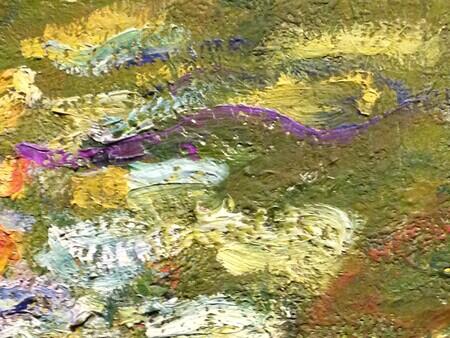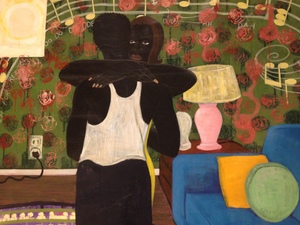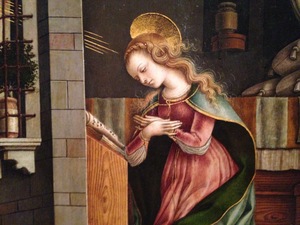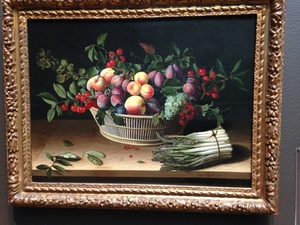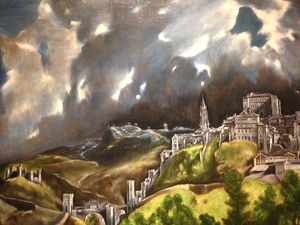Monet on Election Day
Tuesday, November 3, 2020

Claude Monet, Water Lily Pond, 1917/1919, Art Institute of Chicago, detail photo Rachel Cohen.
At Giverny, during World War I, Monet could hear the gunshots from the front, which was fifty kilometers away. His eldest son died of illness in 1914, and his second son and his stepson were both in the army. Monet did not think especially well of himself for continuing to paint, but he did think it was what he could do. He wrote in a letter in December of 1914:
Yesterday I resumed work… it’s the best way to avoid thinking in these sad times. All the same I feel ashamed to think about my little researches into form and colour while so many people are suffering and dying for us.

During the years of war, Monet made many of his most beautiful and abstract paintings, the great water lily works that go on helping other artists year in and year out.
Immediately after the peace, Monet wrote to Georges Clemenceau, who was a good friend, offering to give some of the water lily paintings to the French state as a monument for peace.

Therefore, we know what he had been hoping for as he painted.

What he had harbored, and made a harbor for.

Across the street from our house, at the Beulah Shoesmith school, people are walking in and out to vote. On Hyde Park Boulevard, the ambulances are running with their sirens back and forth to the hospital. In our backyard, the striped maple is a yellow of yellows.
We are all waiting through today and tonight and this week. And then we will be waiting through a difficult winter where many are sick.
May our waiting, too, find ways to harbor peace.


